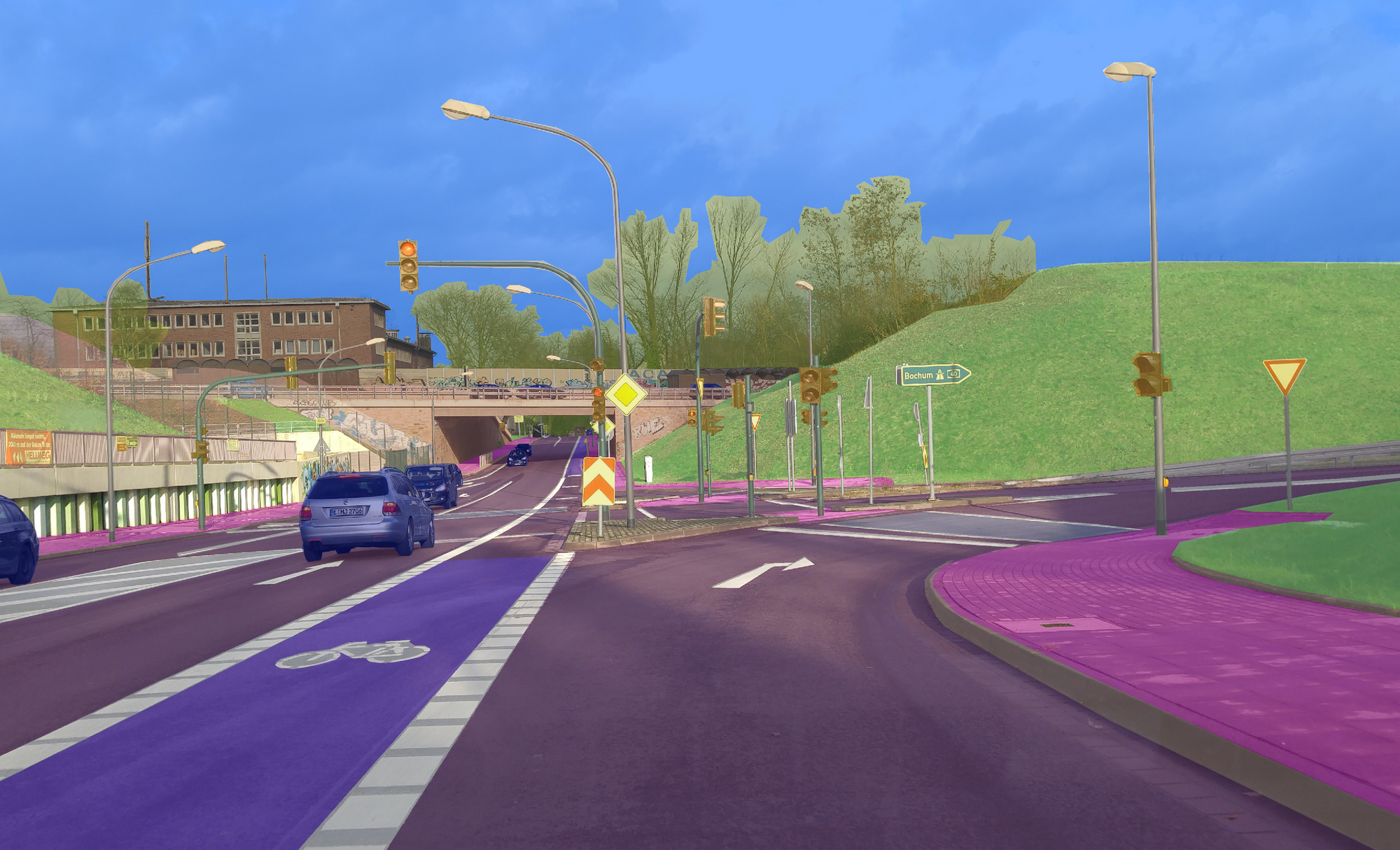Labelbox•July 7, 2020
The new Editor is a step forward for scaling production AI

An improved architecture
We’ve designed the new Editor from the ground up to be more flexible, scalable, and powerful than the legacy Editor.
The new Editor uses a more granular data model to support the concept of reusable classes organized by global ontologies. Each annotation is created from a class and now contains unique identifying information that allows our customers to more accurately query, modify, and delete annotations. This new data model makes powerful new features possible, and we're excited to share them with you in the future.
We will be helping customers migrate all projects from the legacy Editor to the new Editor by September 30, 2020.
Ontology Manager
One example of a powerful capability made possible by the new data model is the Ontology Manager, which we rolled out last week. The Ontology Manager lets customers easily use one ontology across multiple projects and to modify copies of ontologies for new projects. Projects using the same ontology will reference the same schema, so you can run queries across projects and make programmatic edits to your ontology that propagate across all projects using that ontology.

New tools and capabilities
The new Editor is home to our latest capabilities, including image segmentation, video annotation, and natural language processing (NLP). All of those tools, including video annotation, are available to use today. We’ve also recently rolled out new features like an improved search function for classifications, which lets you quickly find classifications in complex ontologies, and advanced analytics that let you track label and review time separately and track labeler performance at the individual and project level.
The new Editor also has all the key features you’ve grown to love like Benchmarks and Consensus and model-assisted labeling, and we look forward to adding more capabilities to it in the future.
How to migrate to the new Editor
To get access to these benefits, customers with projects in the legacy Editor will need to migrate work to the new Editor. We’ve created documentation and scripts to help streamline and automate this migration, but please don’t hesitate to contact us with questions and we’ll happily support you. For customers who signed up before June 2nd, 2020, the legacy Editor will be retired at the end of September, and you’ll no longer be able to create projects in the legacy Editor after that. Customers who signed up on or after June 2nd are already using the new Editor and don’t need to take any action.
As always, please don’t hesitate to reach out with any questions.
Learn more about how to migrate to the new Editor.

 All blog posts
All blog posts

